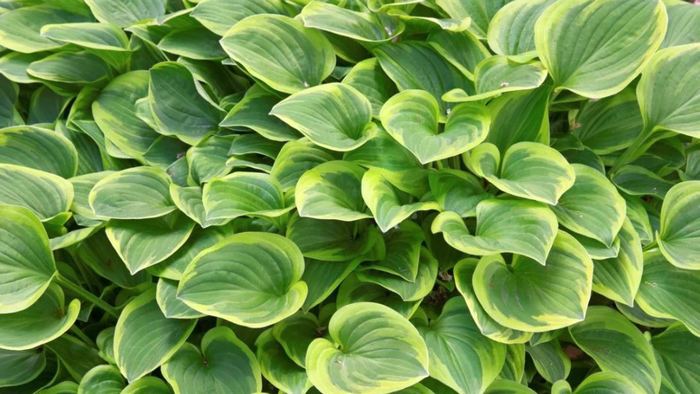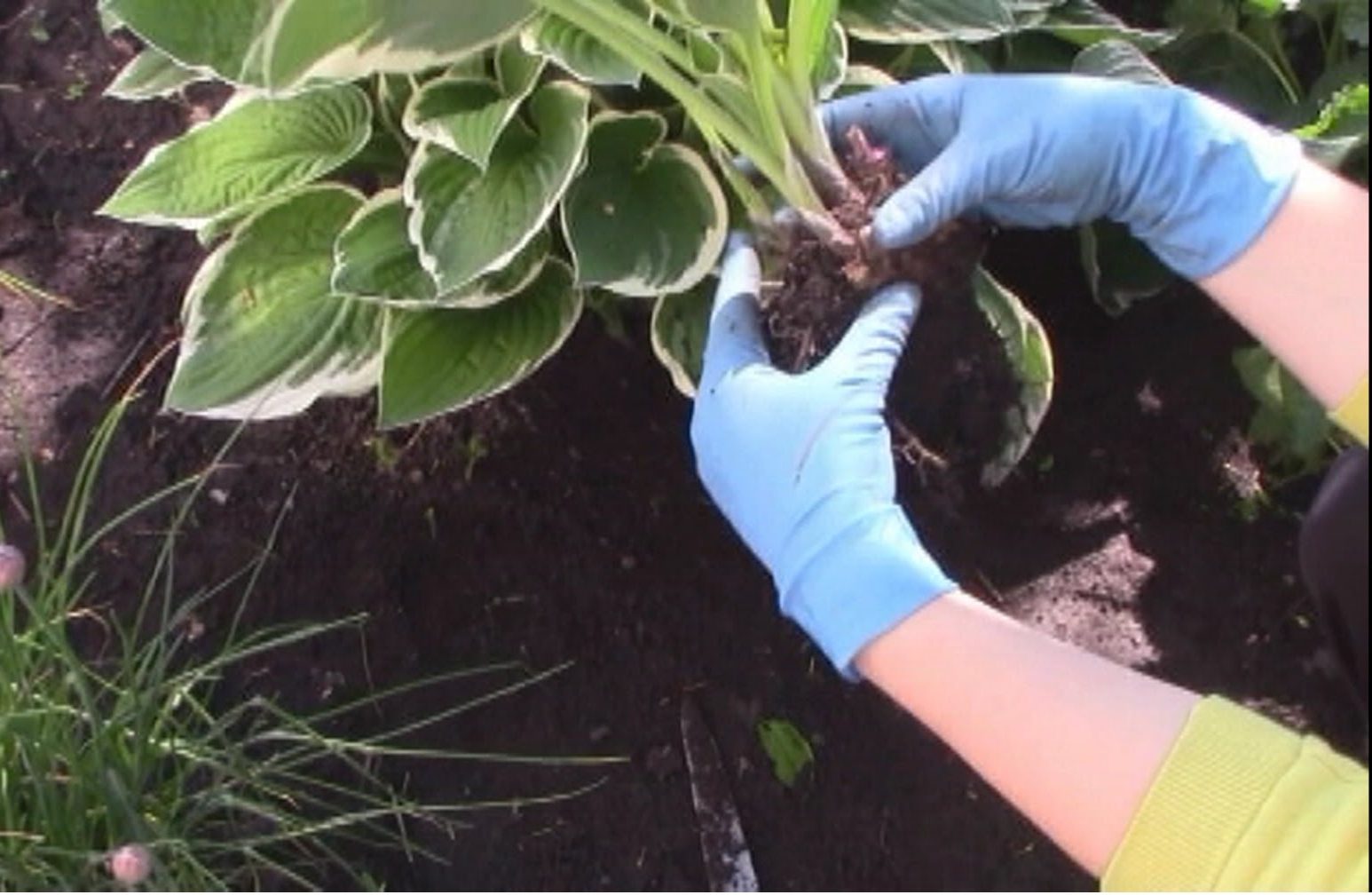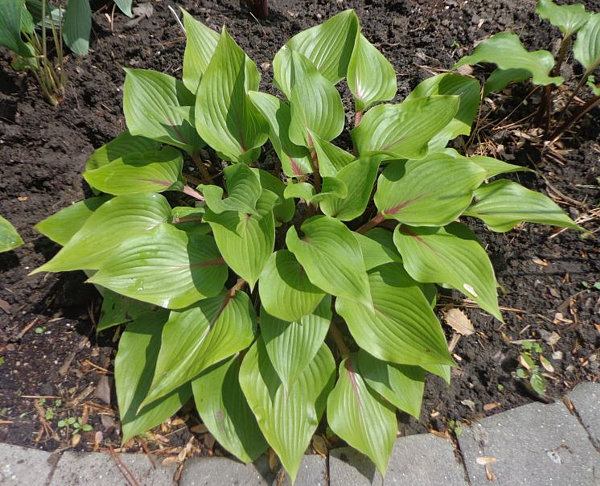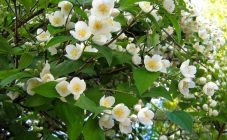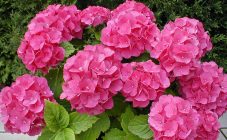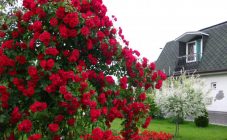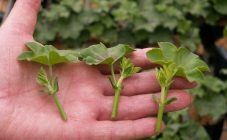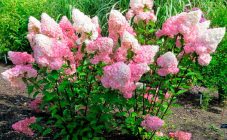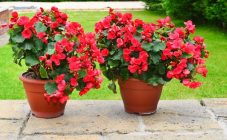Content:
Hosta (or funkiya) is a herbaceous culture of the Asparagus family. The main advantage of an ornamental plant is very beautiful foliage. It is unpretentious to care for and grows rapidly, therefore it is very popular with gardeners. Hosta is suitable for growing in the shade, it is not without reason that it is called the “queen of the shady garden”. The only condition is that it must be protected from drafts and strong winds.
How the host reproduces
Multiply host can:
- Seeds;
- By cuttings;
- By dividing the bush.
Hostu seeds are propagated mainly by breeders; for an amateur gardener, this method is too time consuming. But, with a strong desire, you can try. The most important thing is to choose good planting material. Experts recommend treating the seeds in a biostimulating solution for better germination. Then place the seed in the soil to a depth of 6 mm, sprinkle with perlite and slightly compact the soil. The first shoots will not appear soon, only small leaves about 1.5 cm are formed per year.
It is better to breed hosts by cuttings from the end of May to July. The host grafting process is fairly general. After cutting, the leaves of young cuttings are cut by a third to reduce evaporation. After planting, the function that begins its growth is sick, the leaves fade. It is important during this period to water the plant, to protect it from direct sunlight. Within a few days the bush will "come to life".
Reproduction of hosts by dividing the bush
Most often, reproduction of hosts is carried out by dividing the bush. A beginner can handle this as well, knowing how to split the host. You need to divide an adult plant (4-5 years old). The number of divisions obtained depends on the size of the shrub. It must be dug up and divided into several divisions with foliage (one pair of leaf outlets for each). The planting material is planted at the same depth at which the parent plant grew earlier. The interval between plantings should be about 30 cm. How to divide the host bush step by step is described below.
When is it better to share to the host
Inexperienced growers are often interested in when it is possible to share the host and plant it. The division of the bush should be carried out if it has already reached its normal size. In this case, the division process will only improve the appearance of the hosts. For example, if the center of the crown no longer grows, but only shrinks, this means that it is time to divide the plant. The main thing is not to overdo it.
It can take 5 years, sometimes even more, from planting parcels to a fully formed shrub. Varietal traits of a plant appear as it grows; they, as a rule, are not noticeable in a host that begins its development. If you often divide the bushes, then you may not see all the features of the variety.
Many people prefer to divide the plant into seedlings exclusively in the spring. But at dacha literature said, what the best time, when share host:
- Spring - early May;
- Summer - any month;
- Autumn - early September.
The easiest way to share the hosta is in the spring, in the summer it is preferable. If necessary, you can divide the shrub in the fall, 30 days before frost, so that the plant has time to take root properly.
Usually, adult shrubs (4-5 years old) easily tolerate this procedure, this does not affect their development. Dividing the bush at an earlier age can inhibit the growth of hosts.
How to properly partition the host
Novice gardeners often ask how to propagate hosta by dividing the bush and when. Fortunately, the plant is easy to divide into seedlings. how share to host correctly:
- Choose the best time of the year. The shrub can be divided in May, any month of summer and early September;
- Use the correct gardening tools. For example, if the bush is large, then it is better to separate the seedling with a spatula. If the soil is light and the plant is not large, then a knife with teeth will do. If the root is large, then you can use a hacksaw for metal. The cut must be treated with ash so that the process of root decay does not begin;
- You need to dig or cut the plant 10 cm from the base of a small hosta, and from a large one - 35 cm. After a circle around the bush is cut out, you need to dig a shovel under its root and carefully remove it from the ground;
- For better separation of the perennial, you can wash off the soil from the roots to see where the roots of individual plants grow from. This will protect the seedlings from being cut in half. It is impossible to damage the roots of the culture with water, since they are quite tough;
- Then you need to divide the shrub into seedlings of 4-5 divisions, trying not to damage the root system. If the hosta has a small root, then you need to carefully separate the shoots with your hand. To separate the stems from the base of the shrub, you need to move back and forth, and not to the sides. If the seedling is too large, you will need to cut it with a serrated kitchen knife. In order for the sprout to start well, you need to save more leaves and roots, cut not the roots, but the base.
- The top must be removed from the seedlings in order to minimize evaporation from its surface and thus increase its survival rate;
- For reproduction of the plant, you need to plant it according to the scheme - 20x15 cm. After the seedling grows, it is planted in a permanent place;
- After planting, the host needs to water abundantly. This is necessary so that the host that starts its development quickly adapts to the new place;
- At the final stage, wet soil around the plant should be mulched.
Transplant hosts
You can transplant the host from April to October. But the optimal time for transplanting a horticultural culture is spring (early May), because at this time active root growth occurs, and the leaves do not unfold yet. Only in some hosta varieties, root growth is activated following foliage (Tokudama, Siebolda). These varieties need to be planted much later.
For the transplant process will require:
- 1. Maternal shrub hosts;
2. Landing hole;
3. Humus;
4. Garden knife;
5. Shovel;
6. Mulch (sawdust or peat);
7. Water.
You need to dig a planting hole 2 weeks before transplanting; you need to lay humus on the bottom, mixed in half with the soil. In the process of transplanting, you should not make any additional fertilizing.
2 hours before replanting the funky, you need to moisten the soil. After that, the bush should be dug around the perimeter, just not very close to the roots. The dug hosta is removed from the soil and cleaned from the ground. This is easy to do, you just need to lift the plant by the stems and hit the ground a couple of times.
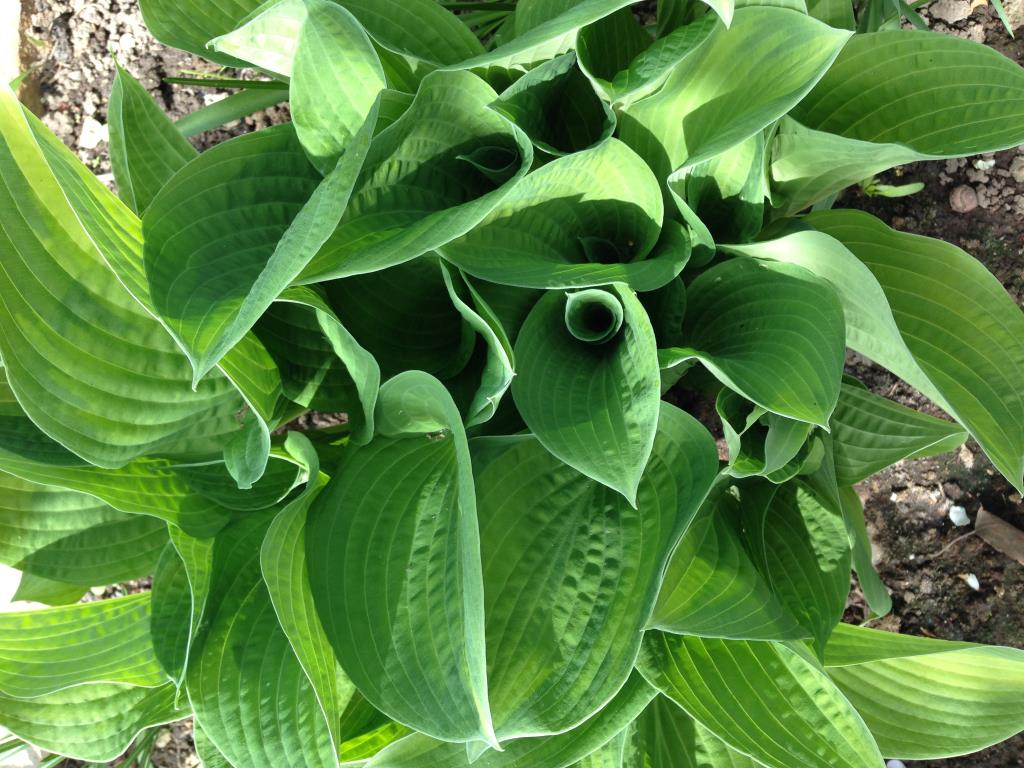
From the top of the bush, you need to cut off part of the leaves, this contributes to the survival of the planting material
If, when transplanting, you need to get several bushes from one, then you need to separate the seedlings from each other with a knife or hands. From the top of the bush, you need to cut off part of the leaves, this contributes to the survival of the planting material.
If the transplant is carried out in the spring, then it is important to leave young leaves on the plant for photosynthesis.
The plant should be placed in the planting pit at a depth of at least 3 cm below ground level.Then you need to level the roots and cover them with earth.
Immediately after transplanting, it is important to water the crop abundantly for better adaptation in a new place. It is recommended to mulch the soil around the plant.
After transplanting, the host does not add volume for a long time (about a year), however, it cannot be planted near the curb or close to another plant. For 3 years, the garden culture will reach the size of the parent bush.
